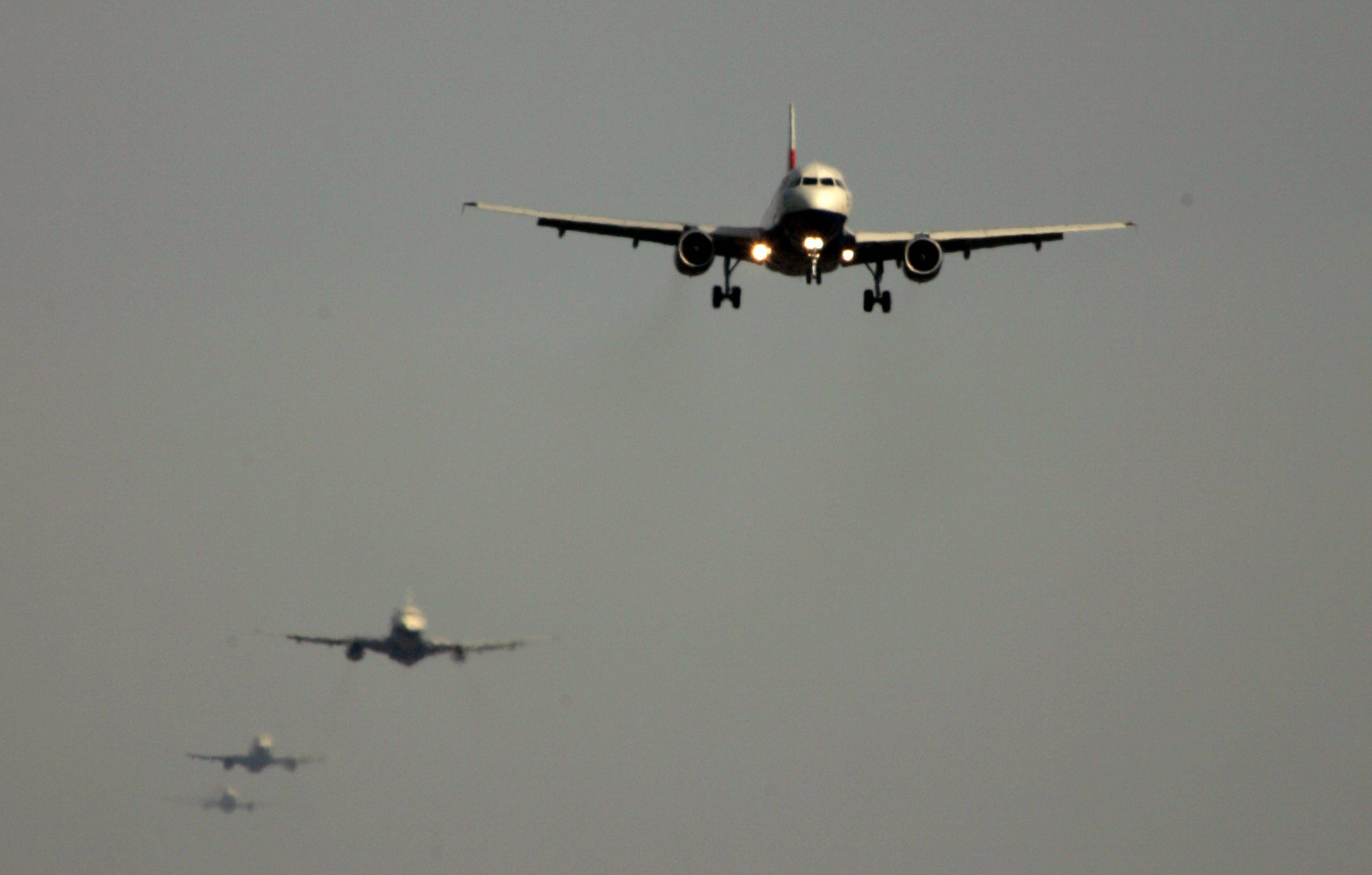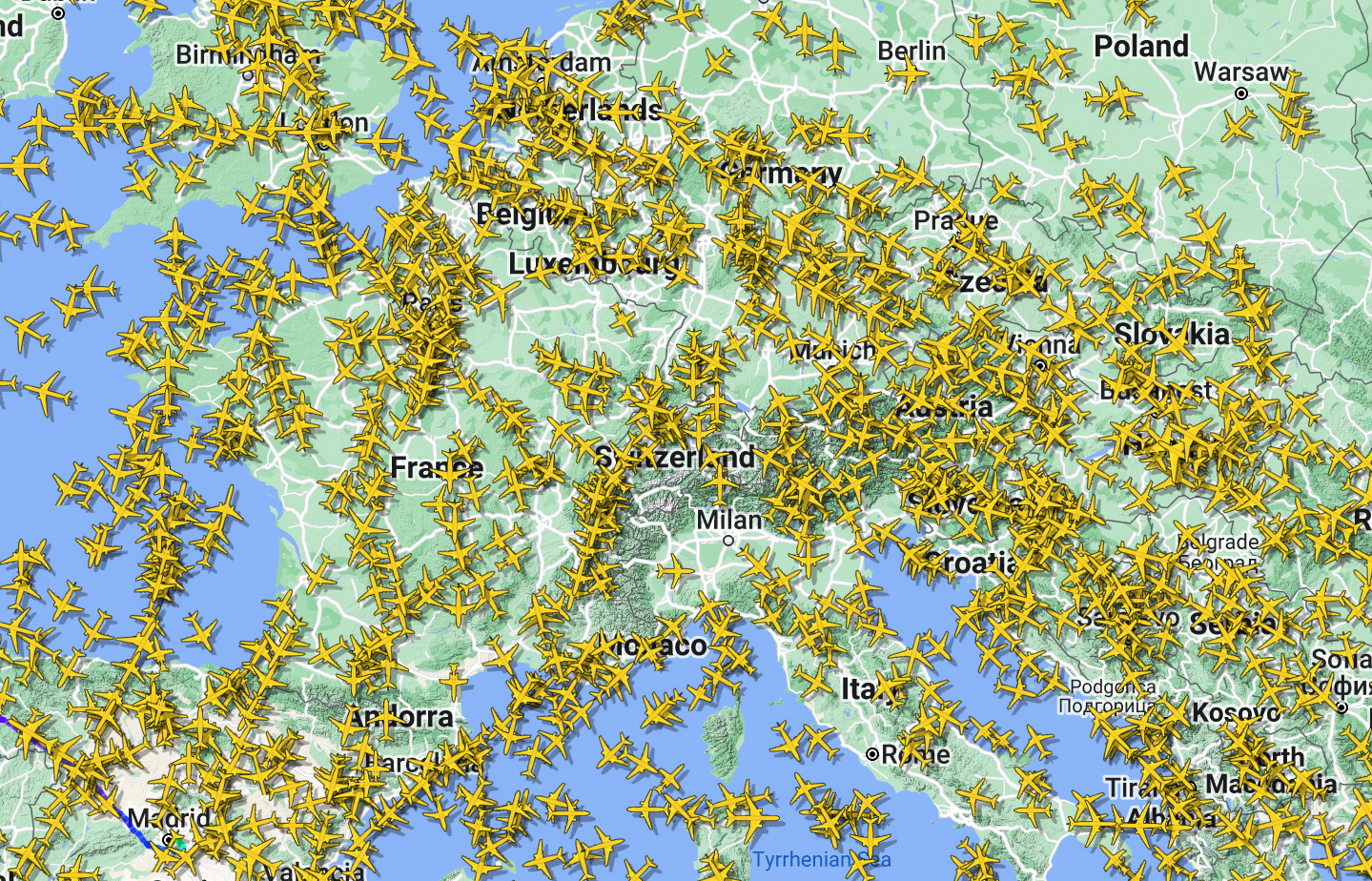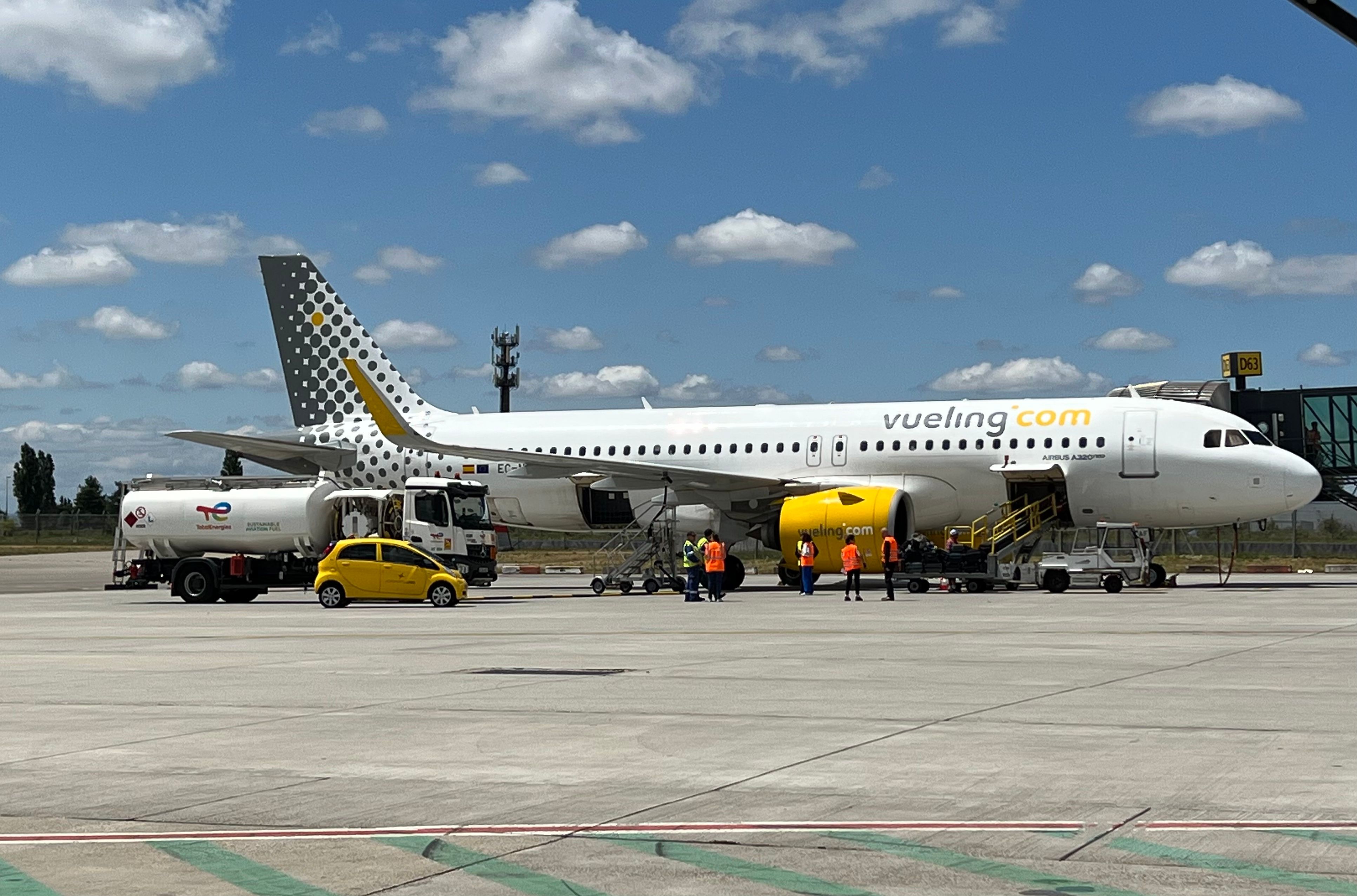October 20 is International Air Traffic Controllers Day. A peek at any flight tracking map gives some indication of how daunting it must be to direct and communicate with all traffic passing through the airspace and vying for precious flight levels and landing strip real estate. Meanwhile, the optimization of air traffic management (ATM) would not only simplify the work of air traffic controllers - it could slash aviation's CO2 emissions significantly.
For instance, if the European Union were to implement the Single European Sky (although many have begun to give up hope that this will ever occur), emissions would drop by up to 9% in the next few decades. And when it comes to reducing greenhouse gas emissions, every little helps - especially if the aviation industry is to reach the ambitious net-zero by 2050 targets it has set itself.
Not only that, but it would also help the industry cut billions in costs from other decarbonization efforts, studies conducted by The European Organisation for the Safety of Air Navigation, commonly referred to as EUROCONTROL, have found.
Marylin Bastin, EUROCONTROL Head of Aviation Sustainability, notes in a comment to Simple Flying,
“EUROCONTROL’s Aviation Outlook Report 2050 (published in April this year) estimates that optimising ATM could reduce emissions by 6-9% by 2050. It would also reduce the cost of other decarbonisation measures, as examined in our Objective Skygreen report (from May 2022), which estimated this reduction could be €32.9-€45.7 billion by 2030. ATM thus has a very significant role to play in the road towards NetZero.”
16% reduction in flight time across Europe
While the Single European Sky may remain a proverbial castle in the air for now (and the foreseeable future), the EU does have the Single European Sky ATM Research (SESAR) project to deliver what it calls the Digital European Sky, with more digital solutions to optimize the European ATM landscape.
The project has carried out flight trials and other demonstrations in real-life environments, including supporting several airlines, including easyJet, KLM, and Vueling, in operating the most emissions-reducing routes possible during the ConnectingEurope days in Lyon this July. Flight VY1220 from Barcelona to Lyon cut the distance flown between BCN and LYS compared to the 'everyday' route by 16%.
Transatlantic route distances could be cut by up to 16%
Of course, it is not only intra-EU traffic that could benefit from optimization. Research from 2020 showed changes to current ATM practices could significantly reduce fuel use and, hence, greenhouse gas emissions for aircraft flying in the mid-North Atlantic. Potential air distance savings range from 0.7% to 7.8% when flying west and from 0.7% to 16.4% when flying east, depending on airspeed and which of the current daily tracks was used, the study, published in Environmental Research Letters in January 2021, found.
With the increasing capabilities of data processing and artificial intelligence, and with frameworks such as SESAR and the UK's drive to optimize the NATS underway, there is all the potential to establish a less carbon-intensive airspace across Europe and beyond. However, a state's airspace is a sensitive area when it comes to sovereignty (as you may have gathered from how commercial aviation is affected by geopolitical tensions). What will it take for political leaders - more than willing to tax airlines when it comes to pollution - to implement it? Or, as IATA Director-General Willie Walsh stated recently,
"We have got to tackle these issues. It's just too important. We can't ignore it. So whether we call it the Single European Sky, or whether we call it "get off your arse and sort out this inefficiency," it needs to be done."
Want to know more about sustainability in aviation?



